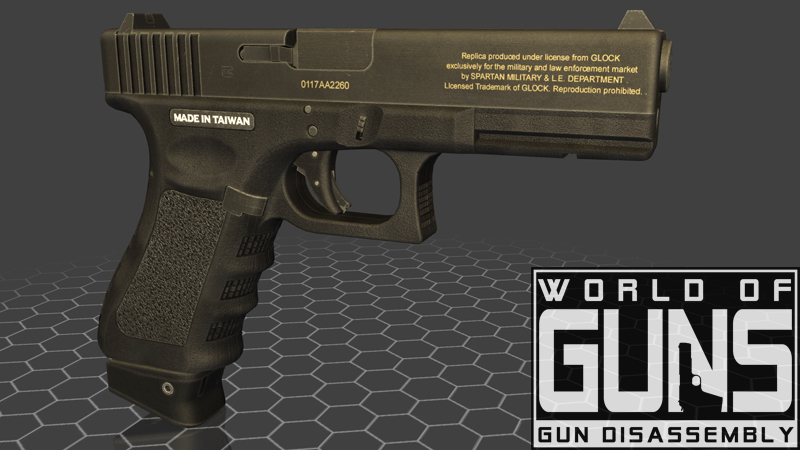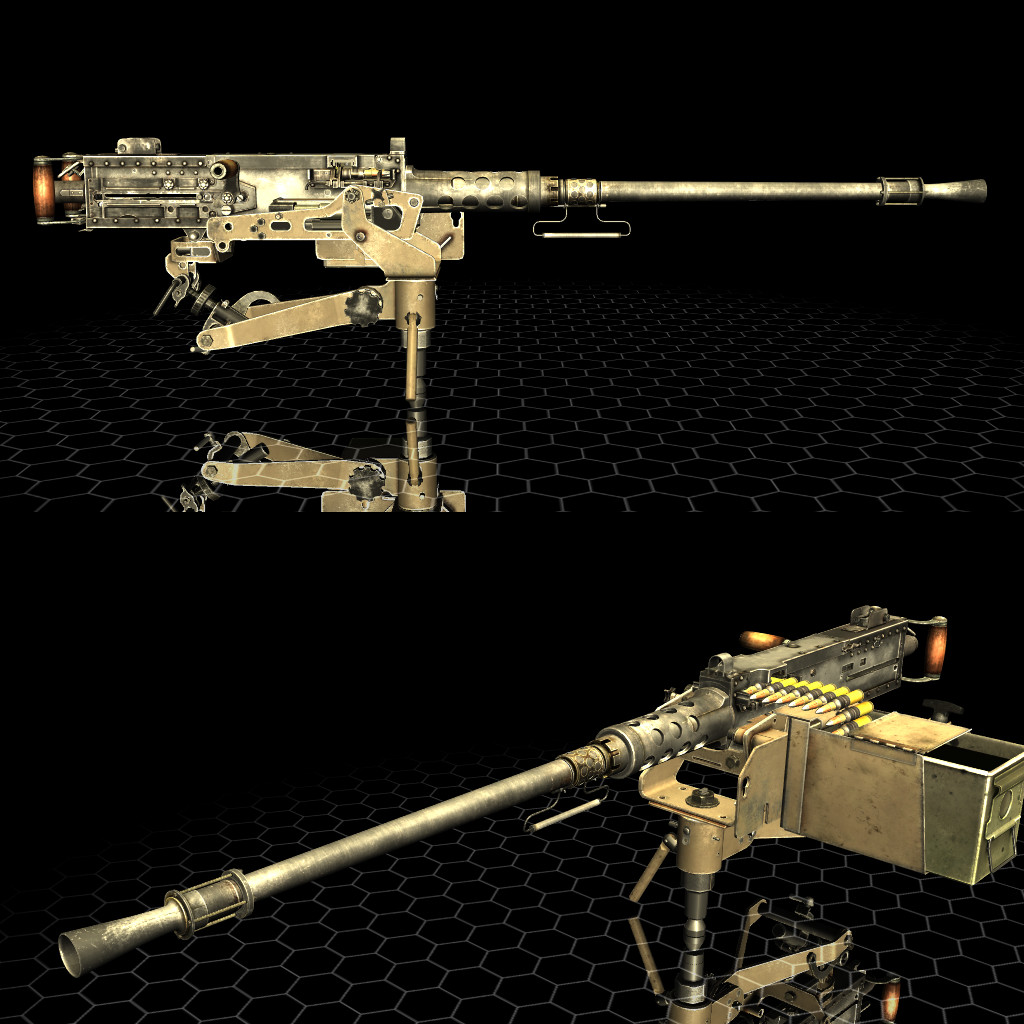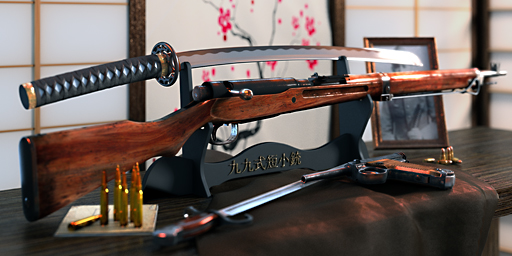
Italian Wikipedia has query about that weapon 7×57 Spanish – selective (semi/4-round burst/full) for Costa Rico, about 400 examples made 6.5mm Italian – semi-auto rifle – not pressed into Italian service until 1943 In 1930s Italy other semi-automatic rifles were developed: With such a Heath Robinson arrangement, it may have been too much for even the Italian Army ordnance department to swallow. The caption states that the pistol was “proposed”, indicating that it may never have reached the prototype stage. Coupled with that otherwise-seemingly-redundant spring around the operating rod, I think (SWAG) that the pistol was intended to be loaded by cycling the action by pulling back on the “hook” with the trigger finger as on the Lignose Einhand. Magazine capacity seems to have been 8 rounds in a single column the caption states that the barrel was 100 mm long, and the pistol weighed 500 grams. Trigger pressure is transmitted to the sear by a transfer bar very like that on a cheap Spanish “Eibar”.

And the trigger guard has an exaggerated forefinger “hook” rather like some custom automatics did 20 years ago. It has a grip safety that blocks the sear from dropping until “squeezed”, moving its upward extension forward thus clearing the sear. The searage looks very much like the rifle setup, leading me to suspect that the pistol also fired from an “open bolt”. There is a long coil spring around the “operating rod” (if that is in fact what it is), rather like the recoil spring in a modern Glock, H&K, etc., that seems to serve no purpose. The breechblock looks as though it recoils against yet another spring behind it, acting rather like the rifle breechblock. The barrel appears to be stationary except for the rotating bit. It appears that a gas port just behind the muzzle allows gas to blow back onto the head of an operating rod (as on the Scotti X rifle), throwing it back about 5-6mm against a spring-loaded arbor that then moves backward, rotating the barrel and beginning the unlocking sequence. The system is difficult to understand from the diagram. According to the diagram, it was a gas-operated system using a rotating-barrel lockup similar to the Steyr 1911, Mexican Obregon, or MAB PA-15 (which were all recoil-operated, of course). The Scotti 9 x 19mm automatic pistol is shown in patent cross-section on p. I made some slow motion videos of this rifle a little while back, and finally took the time to do a complete video on it, including disassembly: A few later models were made in very small numbers as late as 1936, but these also failed to gain any acceptance. In total, just about 250 Scotti Model X rifles were manufactured, and the never progressed past initial field trials. This system can be used with either locked or blowback actions, and the Scotti X uses a two-lug rotating bolt to lock during firing. Upon pulling the trigger, the bolt moves forward, picking up a cartridge, chambering it, firing it by means of a fixed firing pin, and then extracting and ejecting the spent case and locking open again, ready for another shot.

Open bolt means that when the rifle is ready to fire, the bolt is locked all the way back. Where it was rather unusual was its open-bolt action, a system typically found in machine guns. It also used sights basically identical to Carcano rifle sights. The Scotti entry into these competitions was chambered for the 6.5mm Carcano cartridge and used standard 6-round clips, identical to the Carcano bolt action rifles.


The Scotti Model X (the X standing for the 10th year of the Italian Fascist era, or 1932) was one of several semiauto rifles tested by the Italian military during the late 1920s and early 1930s.


 0 kommentar(er)
0 kommentar(er)
